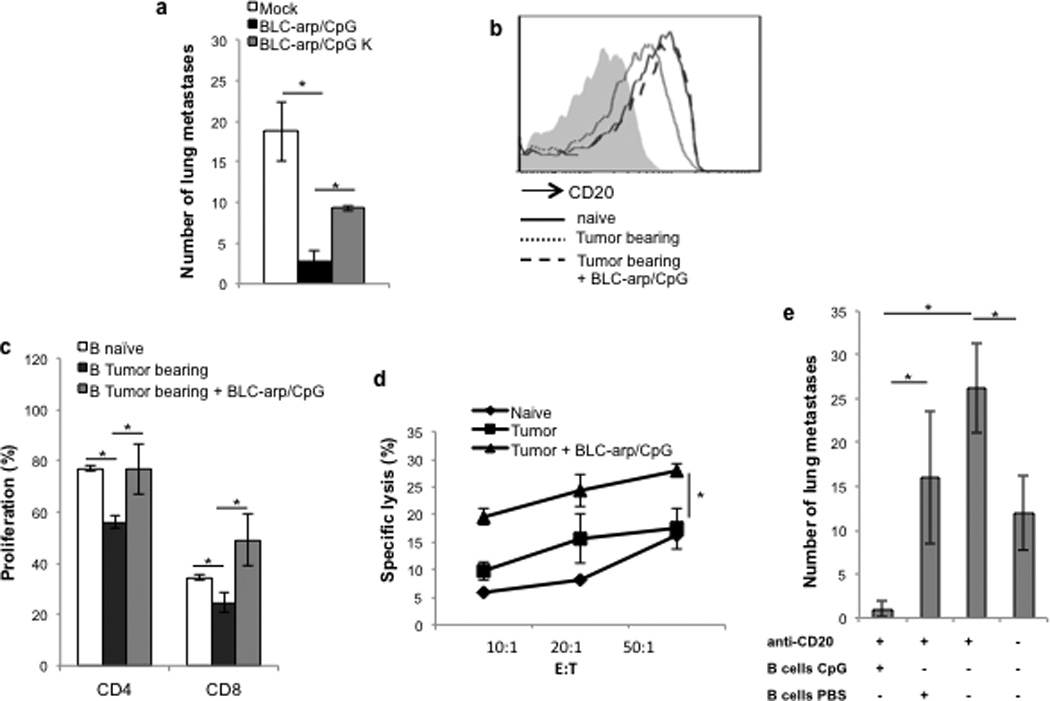FIGURE 5. In vivo-targeted delivery of CpG-ODN blocks lung metastasis.

(A,E). BALB/c mice with established 4T1.2 cancer (as in Fig.1) were i.v. injected with BLC-Arp (30 µg) coupled with 5 µg ODN1826 PS (CpG) control CpG (CpG K) on days 3, 7, 12, 16 and 21 post tumor challenge to test for metastasis suppression (A). CD20 expression within CD19+ B cells in blood of BLC-arp/CpG-treated tumor-bearing mice (broken line, B) compared with the untreated tumor-bearing mice (mock, A, and dotted line, B). BLC-arp/CpG retarded lung metastasis (black bar, A) and increased CD20 expression on B cells (broken line, B). Expression of CD20 in B cells of naïve mice is in continuous line (B). Importantly, draining lymph node B cells from BLC-arp/CpG –treated tumor-bearing mice did not suppress proliferation of CD4+ and CD8+ T cells (C), instead becoming stimulatory for CD8+ T cells (p<0.05, naïve B cells vs. BLC-arp/CpG –treated tBregs, C). The inability of 4T1.2 cancer to induce cytolytic CD8+ T cells (compare tumor vs naïve, D) is reversed in 4T1.2 cancer-bearing mice treated with BLC-arp/CpG (D). Y-axis shows % of specific lysis (Cr51 release) ± SEM of 4T1.2 cells incubated with purified CD8+ T cells at indicated E:T ratio. To test the stimulatory activity of BLC-arp/CpG and to show that the effect is due to direct B cell stimulation 4T1.2 tumor –bearing mice were first depleted of CD20+ B cells by treating with anti-CD20 Ab on days 4 and 6 post tumor challenge (E). Then, mice were separated into two random groups and adoptively transferred with syngeneic B cells pretreated ex-vivo for 3h with 10 µg/ml CpG (B cells CpG) or PBS (B cells PBS). The cells were thoroughly washed with PBS to remove free CpG before i.v. injections of 5×106 B cells at days 10 and 15. Y-axis shows number of lung metastatic foci ± SEM in the lungs of 4–6 mice per group at day 32. All data shown here were reproduced at least three times.
